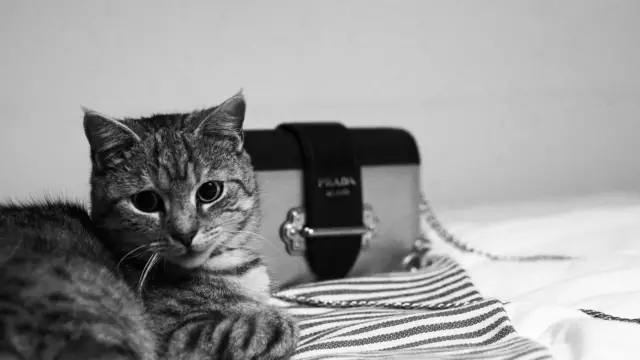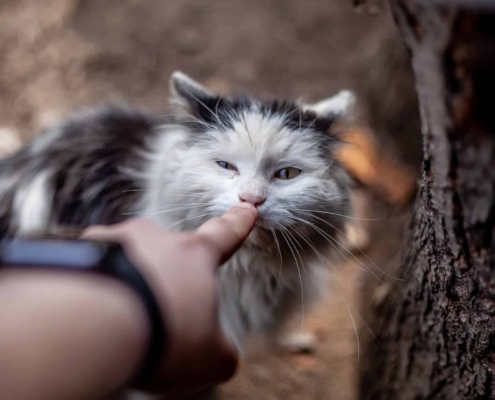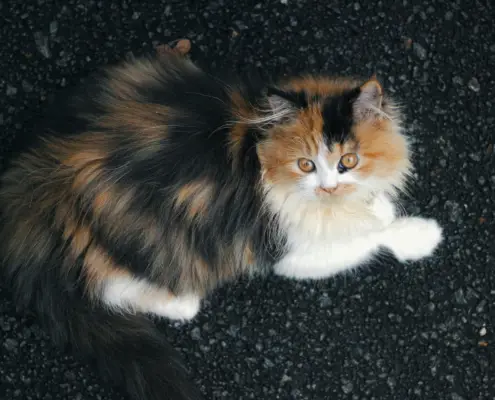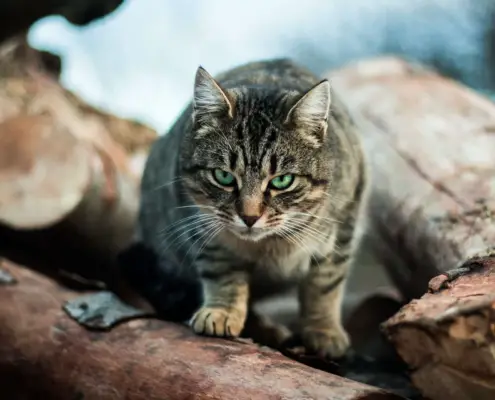
Cats have long been cherished as independent and low-maintenance pets, but some felines require a little extra care and attention. In this article, we will delve into the world of high maintenance cats. We’ll explore what makes a cat high maintenance, discuss common breeds, share care tips, and highlight the benefits and challenges of owning one of these delightful yet demanding companions.
Defining High Maintenance Cats
High maintenance cats are those with specific needs and temperaments that require dedicated care. These felines may have demanding grooming requirements, unique dietary considerations, or require ample exercise and mental stimulation to thrive.
The Cost of Owning a High-Maintenance Cat
Financial implications are an important factor to consider when owning a high-maintenance cat. These costs can escalate quickly due to various factors. For instance, grooming expenses can add up, especially if your feline friend has a long or dense coat that requires professional grooming services. High-maintenance cats may also require special diets which can be more expensive than standard cat food. Regular veterinary visits for preventative care, as well as potential for increased health concerns related to their breed, can also lead to hefty bills. Furthermore, these cats often need plenty of toys, scratching posts, and other enrichment items to satisfy their active minds and bodies. While the exact cost varies depending on the specific breed and individual cat’s needs, it’s crucial to be prepared for a significant financial commitment when bringing a high-maintenance cat into your home.
Tips for Potential Owners
If you are considering bringing a high-maintenance cat into your home, there are some important considerations to keep in mind.
- Time: High-maintenance cats often require more interaction, playtime, and overall attention. Ensure your schedule can accommodate this.
- Grooming: Some breeds necessitate frequent grooming, including brushing, bathing, and nail trimming. You may also need to clean their ears or brush their teeth regularly.
- Diet: Many high-maintenance cats have specific dietary requirements. Consult with a vet for advice on the best type of food for your chosen breed.
- Medical care: Some breeds may be prone to certain health conditions, which can require regular vet check-ups and potentially costly treatments.
- Patience and Understanding: Owning a high-maintenance cat can sometimes be challenging, but with patience and understanding, the rewards can be immeasurable.
Remember, every cat is an individual. It’s essential to get to know your potential pet before bringing them home and allowing them time to adjust to their new environment.
Additional Care Tips for High Maintenance Cats
- Exercise and Play: High-maintenance cats often require more physical activity and intellectual stimulation. Invest in interactive toys, scratching posts, and consider scheduled playtime to keep your cat active and engaged.
- Socialization: Some high-maintenance cats may require more socialization. They may enjoy the company of other pets or prefer human companionship. It’s important to understand and cater to their social needs.
- Training: Some cats may benefit from training, like learning to use a litter box, responding to commands, or even walking on a leash. Remember that patience is key when it comes to training your cat.
- Environment: High-maintenance cats may appreciate an enriched environment. Consider adding cat trees, window perches, or even cat-friendly plants to stimulate your cat’s senses and provide them with their own space.
- Routine: Maintaining a consistent routine can help manage a high-maintenance cat’s expectations and reduce stress. This can include feeding times, playtimes, grooming sessions, and bedtime.
- Love and Affection: Above all, high-maintenance cats, like all pets, need plenty of love and affection. Regular bonding time, cuddles, and gentle strokes can help establish a strong bond and make them feel safe and loved.
Remember, high-maintenance doesn’t mean high trouble, but rather high reward. With adequate dedication, you can enjoy a deep, fulfilling relationship with your feline friend.
Common Breeds of High Maintenance Cats
There are several cat breeds known for their high maintenance nature. While each individual cat has its own personality, these breeds tend to exhibit certain traits that make them more challenging to care for. Some common high maintenance cat breeds include Persians, Siamese, Maine Coons, and Bengals. However, it’s important to note that not all cats of these breeds will necessarily be high maintenance.
Care Tips for High Maintenance Cats
- Grooming Requirements: High maintenance cats often have long or thick coats that require regular brushing to prevent matting. Consider investing in grooming tools like a slicker brush or comb to keep their fur in top condition.
- Diet and Nutrition Considerations: Some high maintenance cats may have specific dietary needs. Consult with your veterinarian to ensure you are providing the right nutrition for your feline companion.
- Exercise and Mental Stimulation: High maintenance cats can benefit from regular play sessions and interactive toys to keep them active and mentally stimulated. Provide scratching posts, puzzle toys, and opportunities for climbing to fulfill their natural instincts.
Benefits and Challenges of Having a High Maintenance Cat
Owning a high maintenance cat comes with both rewards and challenges. The benefits include the opportunity to form a deep bond with your feline friend, as they often crave attention and affection. High maintenance cats tend to be more interactive and can provide hours of entertainment and companionship. However, the challenges lie in the dedication and time required to meet their specific needs. Be prepared for the extra grooming, feeding, and playtime that high maintenance cats demand.
Health Issues in High Maintenance Cats
Like all pets, high maintenance cats may also be prone to certain health issues. The type and prevalence of these health issues can vary depending on the breed. For instance, Persian cats often suffer from Polycystic Kidney Disease (PKD) and Progressive Retinal Atrophy (PRA). Maine Coons are known for their susceptibility to hip dysplasia and Hypertrophic Cardiomyopathy (HCM). Bengals may experience issues such as Progressive Retinal Atrophy (PRA) and Pyruvate Kinase Deficiency (PK Deficiency).
It’s crucial for owners to be aware of these potential health issues and monitor their pets closely for any signs or symptoms. Regular vet check-ups are vital for early detection and management of these conditions. The healthcare needs of high maintenance cats may add to their overall care requirements, but diligent attention to their health can lead to a longer, healthier life for your feline friend.
Conclusion
High maintenance cats require a little extra effort, but the rewards they bring are immeasurable. By understanding their unique needs, providing proper care, and dedicating time to their well-being, you can create a fulfilling and enriching life for your feline companion. Whether you’re considering adopting a high maintenance cat or already have one, responsible pet ownership ensures a happy and harmonious relationship with your beloved feline friend.
If you enjoyed my article, I would appreciate you sharing it with your network.

Sima Ndlebe
Sima writes for CatBuzz. He is interested in Cats, Health and Fitness, and Entrepreneurship.
Published: 18 October 2023



